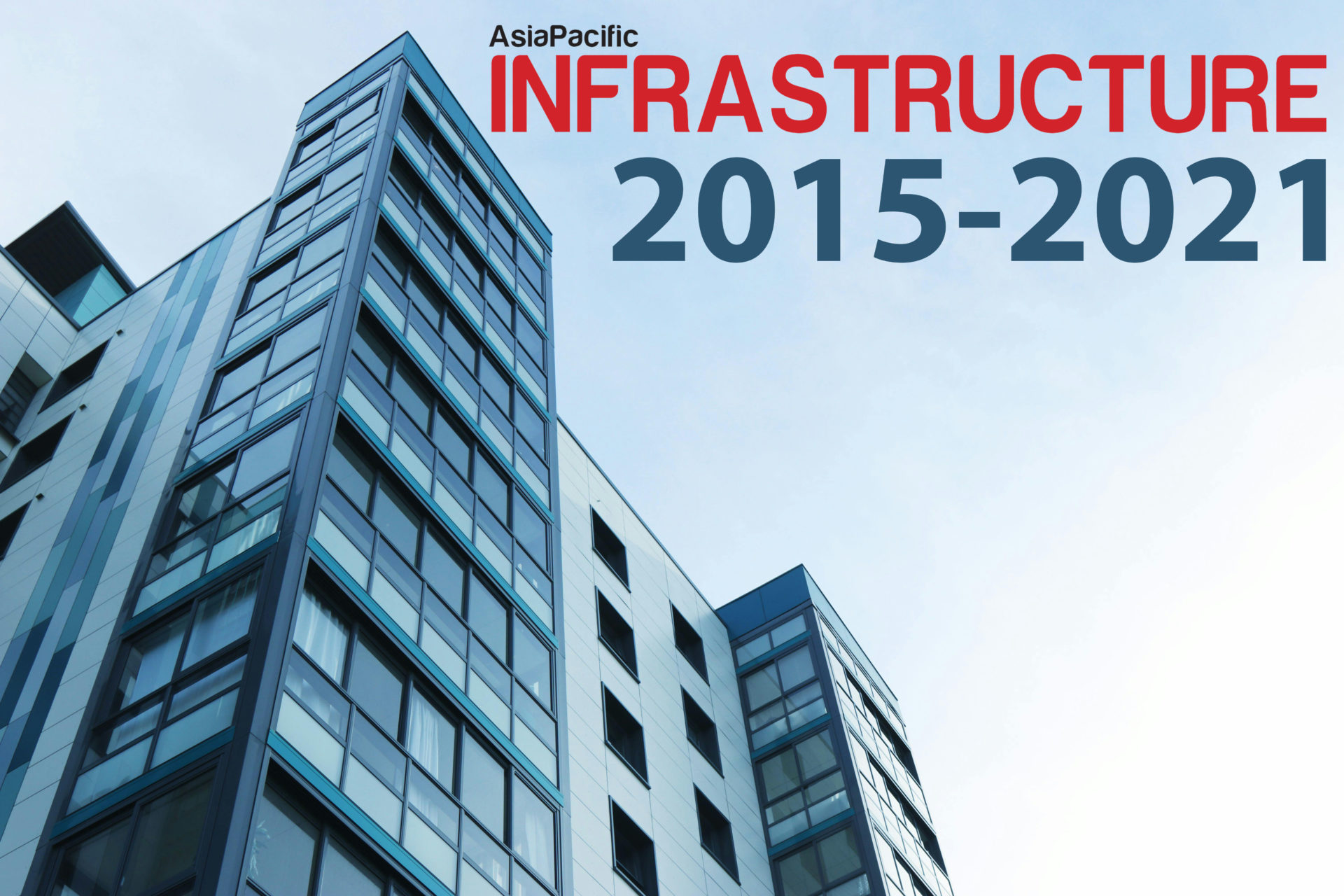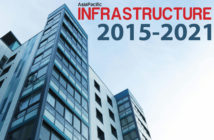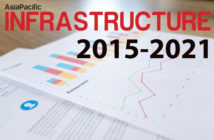For years now, the concept of the Internet of Things (IoT) has provided the potential for revolutionising anything from agriculture to traffic,┬Ābut┬ĀMichael Welzel, technical director of smart building solutions provider Direct Control, says the IoT means next to nothing

All IoT is, is another connected device producing data. That is not revolutionary; we already have millions of connected devices producing endless amounts of data.
Instead, it is in smart data analytics, which can incorporate machine learning techniques, that the real revolution will be found.
Welzel is presenting a talk at Facilities Integrate 2019, the trade-only exhibition for people who manage, secure, develop, design, influence and revolutionise New ZealandŌĆÖs buildings and facilities.
A frank and engaging speaker, Welzel is on a mission to dispel the hype around the IoT. He starts with a simple point that connected devices, whether large or small, costly or cheap, are nothing new.
All this is, is another subsystem ŌĆō and you can put industrial IoT- enabled automation into that definition, too. The lead systems are in fact the workflow management and analytics layers. It is here where real advantages are to be found, and not in connecting yet more things to the internet, regardless of how you might do that.
In fact, connecting things to the internet has never been easier. The emergence of cheap, tiny sensors and low-power, long range dedicated networks (like LoRaWan), adds to existing cellular and terrestrial networks.
And that, really, is the problem. Just imagine a single new high-rise building going up in downtown Auckland. The sensors in that building are generating data from 20,000 points every 15 minutes. For the facilities manager, that is just far too much data to do anything meaningful with it.
That new building is just one in a large portfolio, which further drives home the obvious inevitability of being overwhelmed by the sheer quantity of data. ThatŌĆÖs why analytics software ŌĆō and then workflow for execution – are the layers where true value is created.
You canŌĆÖt use that quantity of data manually. You need software to go over it, analyse and contextualise, and then provide recommendations or even automated actions through the workflow later for the effective management of your buildings. Analytics only brings the things that matter to the attention of the facilities manager, enabling informed decision-making.
Introducing sensor-based smart technologies into buildings and other facilities is just the first, most basic step towards true IoT value.┬Ā Anyone can put a sensor in, whether it costs $100 or $1000. ItŌĆÖs a commodity.
The next, and more important steps towards more intelligent buildings is the integration and practical use of data. Only when data becomes information can facilities managers improve operational efficiency, reduce emissions and lower operational costs.
The straight-talking Welzel will share more insights and take questions on his talk, ŌĆśOptimised operational efficiency in Facilities using Industrial IoTŌĆÖ at Facilities Integrate. The trade-only event takes place 25 – 26 September 2019 at the ASB Showgrounds in Auckland.
Attendance is free for all registrations prior to midnight 23 September. Tickets for those registering after this date are priced at $25. For more information or to register your interest, visit https://www.facilitiesintegrate.nz/.




